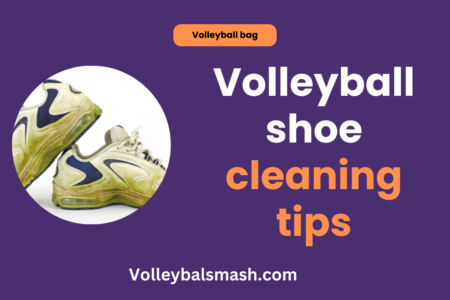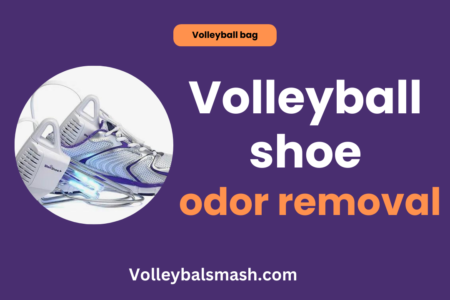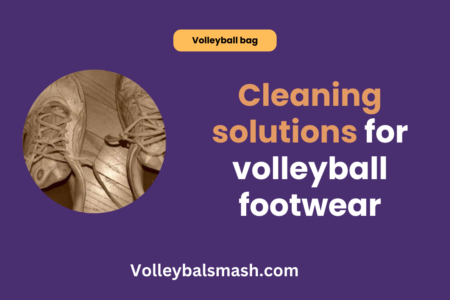When constructing indoor volleyball courts, choosing the right materials is crucial to ensure the safety and performance of players. The ideal materials for indoor volleyball courts should provide proper traction to prevent slipping and sliding, shock absorption to reduce impact on players’ joints, and consistent ball bounce for fair gameplay. In this blog post, I will explore the reasons behind the preference for specific materials in indoor volleyball court construction, helping you understand the importance of using the right materials for a successful and enjoyable game.
Characteristics of an Ideal Indoor Volleyball Court

Obviously, when you are crafting or selecting an indoor volleyball court, there are several key characteristics to keep in mind. Whether you are a facility manager, coach, or player, understanding these important factors is essential for creating the best possible playing surface. Your choice of materials and design will ultimately impact the safety, performance, and durability of the court. To help you navigate through this process, we’ve outlined the most crucial characteristics for an ideal indoor volleyball court.
Shock Absorption and Player Safety
One of the most critical factors in the construction of an indoor volleyball court is shock absorption capabilities. An ideal court should provide sufficient protection against impact to minimize the risk of injury. When a player jumps, dives, or falls on the court, the surface should absorb the shock to reduce the stress on their joints and muscles. Ultimately, this protects you from potential injuries and allows you to perform at your best. To achieve optimal shock absorption and player safety, consider using advanced materials specifically designed for volleyball courts, such as the ones offered by Indoor Volleyball Court | Volleyball Floors.
Traction and Surface Grip
When playing indoor volleyball, traction and surface grip are crucial for maintaining stability and agility on the court. An ideal volleyball court should offer a surface that allows for quick movements without the risk of slipping or sliding. You need to feel confident about your footwork, whether you are making a powerful serve, executing a precise dig, or performing a lightning-fast spike. The right surface grip ensures that your movements are fluid and precise, contributing to your overall performance on the court.
Preferred Materials for Indoor Volleyball Courts
The type of material used for indoor volleyball courts is crucial in ensuring safety, performance, and longevity. When choosing the right material, you must consider factors such as shock absorption, ball bounce, and player traction. Let’s explore some preferred materials for indoor volleyball courts.
Hardwood Flooring
Hardwood flooring is a popular choice for indoor volleyball courts due to its natural shock absorption and ball bounce. The high-quality hardwood provides a stable and uniform surface, allowing for consistent ball response and player movement. Indoor Volleyball Court Flooring made from hardwood also offers excellent traction, reducing the risk of slips and falls. The durability and classic appearance of hardwood flooring make it a top choice for indoor volleyball courts.
Synthetic Surfaces
Synthetic surfaces, such as polyurethane and rubber, are also favored for indoor volleyball courts. These materials offer a high level of shock absorption, providing a cushioned surface that reduces impact on players’ joints. Synthetic surfaces are also known for their versatility, allowing for customizable cushioning and ball response. Additionally, they are generally more cost-effective and require less maintenance compared to hardwood flooring.
Comparing Material Durability and Maintenance
When comparing the durability and maintenance of hardwood flooring and synthetic surfaces for indoor volleyball courts, several factors come into play. The durability of hardwood flooring is unmatched, offering a long lifespan with proper maintenance. On the other hand, synthetic surfaces may require more frequent replacement due to wear and tear. However, synthetic surfaces generally require less maintenance and are easier to clean compared to hardwood flooring.
Here is a comparison of the material durability and maintenance for hardwood flooring and synthetic surfaces:
| Material | Durability |
| Hardwood Flooring | Highly durable with proper maintenance |
| Synthetic Surfaces | May require more frequent replacement |
| Material | Maintenance |
| Hardwood Flooring | Requires regular maintenance including sanding and refinishing |
| Synthetic Surfaces | Easier to clean and generally require less maintenance |
Influence of Court Materials on Game Play
However, the type of material used for indoor volleyball courts can greatly influence the game play. From the way the ball behaves to the impact on player movement and injury prevention, the choice of court material is a crucial factor in determining the overall playing experience.
Impact on Ball Behavior
The type of material used for the volleyball court surface can significantly affect the behavior of the ball. Hardwood floors offer a consistent and predictable bounce, making it easier for players to anticipate the movement of the ball. On the other hand, cushioned or synthetic surfaces may dampen the ball’s bounce, requiring players to adjust their timing and technique accordingly. The choice of material can also affect the speed and spin of the ball, ultimately influencing the rhythm and flow of the game.
Player Movement and Injury Prevention
When it comes to player movement and injury prevention, the court material plays a crucial role. Hardwood floors provide a solid and stable surface, allowing for quick and precise movements while minimizing the risk of slips and falls. Conversely, cushioned surfaces can offer shock absorption, reducing the impact on joints and muscles during intense gameplay. However, they may also slow down player movements and require additional effort to push off for jumps and dives.
Case Studies and Industry Standards
Your understanding of the preferred materials for indoor volleyball courts can be enhanced by taking a closer look at some case studies and industry standards. Here are a few examples of case studies that highlight the importance of using specific materials for indoor volleyball courts:
- Case Study 1: A study conducted by the American Sports Builders Association found that the use of high-quality synthetic flooring materials led to a significant reduction in player injuries and improved overall performance on indoor volleyball courts.
- Case Study 2: Research conducted by the International Volleyball Federation (FIVB) demonstrated that the use of specialized wood flooring in indoor volleyball courts improved ball bounce and player stability, leading to a higher quality of play.
- Case Study 3: An analysis of indoor volleyball courts across various professional leagues indicated that courts utilizing cushioned flooring materials resulted in reduced player fatigue and fewer instances of joint-related injuries.
Professional Volleyball Court Examples
Professional volleyball courts serve as prime examples of the ideal use of materials for indoor volleyball surfaces. The utilization of high-quality hardwood flooring in professional settings not only provides exceptional ball bounce and player stability, but also offers an aesthetically pleasing and durable surface for intense gameplay.
Regulatory Bodies and Material Specifications
Regulatory bodies play a crucial role in establishing material specifications for indoor volleyball courts to ensure the safety and performance of players. Organizations such as the FIVB and the International Federation for Sports Surfaces (ISS) provide comprehensive guidelines for the construction and maintenance of volleyball courts, emphasizing the use of impact-absorbing, non-slip surfaces to minimize the risk of player injuries.
Conclusion
Presently, you now understand why certain materials are preferred for indoor volleyball courts. The choice of materials such as hardwood, sport tiles, and synthetic surfaces is crucial for providing the right level of grip, shock absorption, and ball bounce. These factors all contribute to a safe and high-performing playing surface for volleyball. As a result, it is essential to prioritize the use of these materials to ensure the best possible experience for players and to maintain the integrity of the game.
FAQ
Q: Why are certain materials preferred for indoor volleyball courts?
The materials used for indoor volleyball courts are chosen to provide the best surface for players to compete on, as well as to ensure the safety and longevity of the court. These materials are selected based on their ability to provide adequate shock absorption, traction, and durability for frequent use.
What are the preferred materials for indoor volleyball courts?
Typically, indoor volleyball courts are constructed using hardwood flooring, such as maple, as it offers excellent shock absorption and provides a consistent playing surface. Synthetic flooring materials, such as polyurethane or PVC, are also preferred for their durability and low maintenance requirements.
Are there any specific requirements for the materials used in indoor volleyball courts?
Yes, the materials used for indoor volleyball courts must meet specific standards set by governing bodies, such as the International Volleyball Federation (FIVB) or the American Volleyball Coaches Association (AVCA). These standards ensure that the court materials provide the necessary performance characteristics for competitive play, including impact absorption, ball bounce, and surface consistency.



